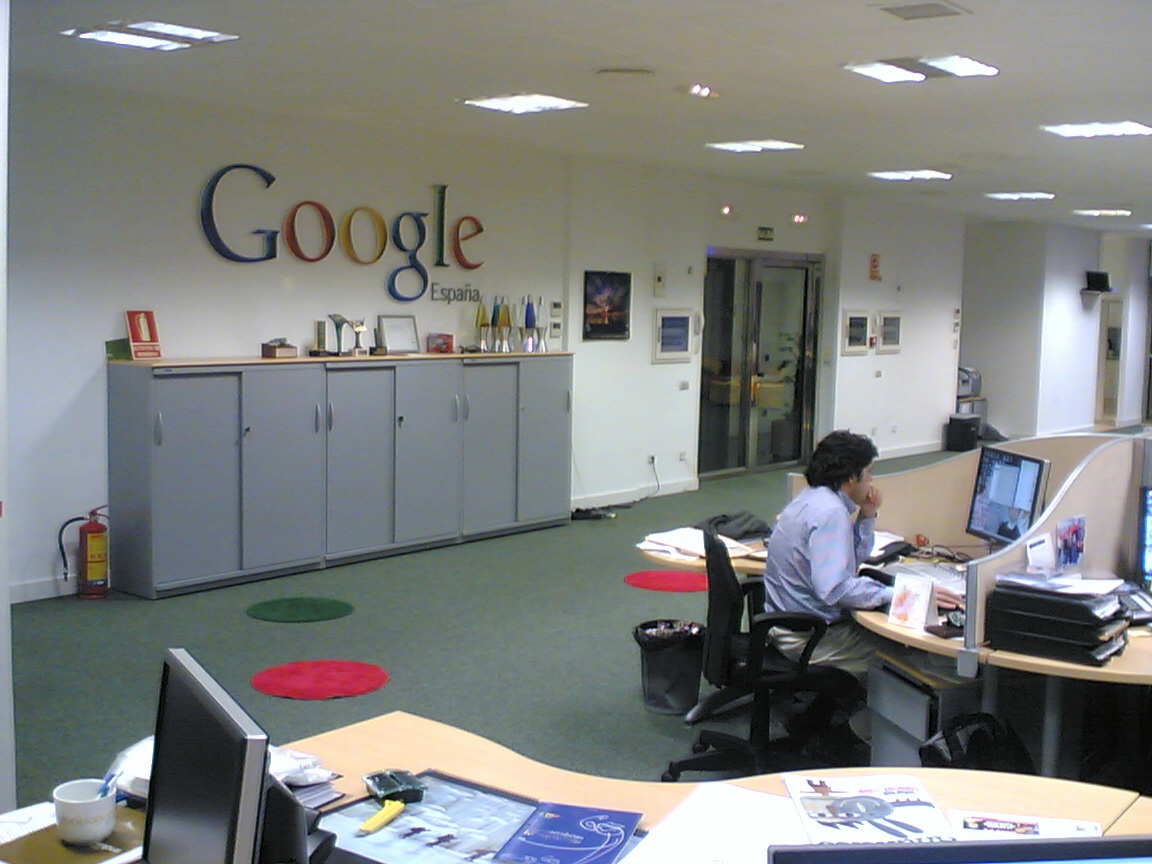Gone may be the days of cubicled corrals and closed office doors. Over the past two decades, the open office floor plan caught on among upper-echelon “cool kid” businesses like Google and Apple, who have, of course, garnered a reputation for experimenting with their worker dynamics. However, the move toward normalizing the open office has also received a lot of criticism. For instance, check out this scathing and comprehensive review of the open office design by Jason Feifer writing for Fast Company.
Unfortunately for the critics of this movement, it looks as though solid science is starting to pile up in the corner of the open floor camp. A new study by the Harvard Business School has found that having an open office plan can increase staff productivity — even leading to a reversal of character for would-be lackadaisical workers.
Of course, there’s a caveat here. A business can’t simply apply an open plan to an office and expect workflow to automatically ramp up, as, according to Bloomberg, there’s evidence that suggests that having “toxic” employees seated next to each other has a negative effect that’s proportional to the positive influence that the open plan is designed to promote among productive employees. “Researchers call this the “spillover effect” — people at nearby desks rub off on each other, in both good and bad ways. Workers can’t be too far away for this to work: The effect diminishes outside a 25-foot radius,” writes Rebecca Greenfield for Bloomberg.
According to the study, open office design has to be intelligent design too, taking individual employee traits into consideration. As mentioned, if an employer doesn’t have a good eye for the “who’s who” of the company roster, he/she risks putting bad apples into the open office bunch. If, however, the employer can identify two types of productive workers (1. Extremely prolific workers who churn out low-quality work; and 2. Slower workers who craft high-quality work), an open floor plan can help both types play off of each other in a way that brings to mind the ultimate corporate buzzword: “synergy.”
If science continues to back the open office, it’s only a matter of time before the floor plan goes from being a conference talking point to the new normal — something not just confined to hip/creative names like Google, Facebook, and Pixar.
Photo credit: Enrique Dans










